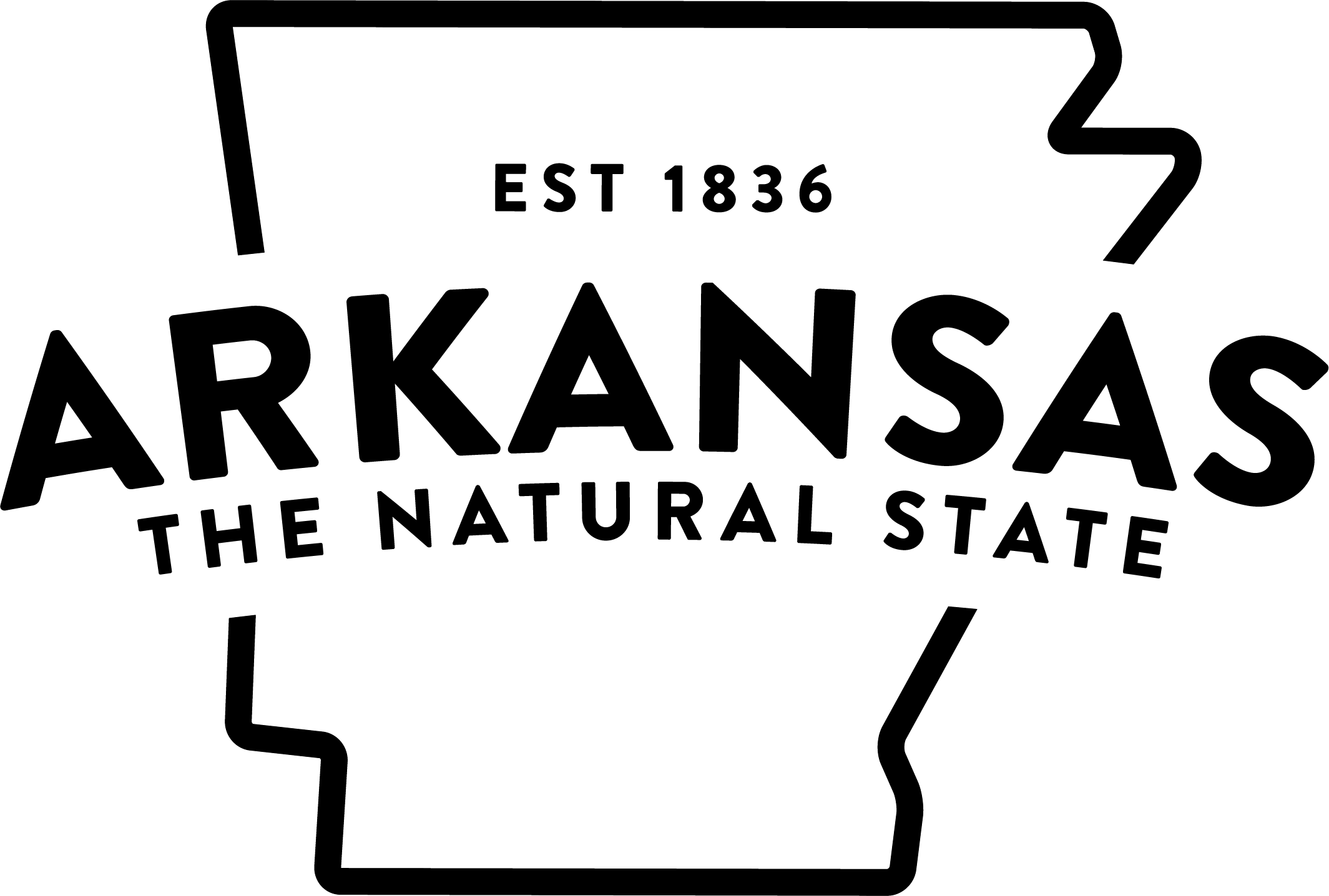Cotton History Rooted in Plantation Agriculture Museum
December 10, 2002
Cotton History Rooted in
Plantation Agriculture Museum
*****
By Jason Parrie, park interpreter
Arkansas Department of Parks and Tourism
The state's rich agricultural heritage from the era when plantations were abundant and cotton was king is preserved at the Plantation Agriculture Museum, Arkansas' 47th state park. Housed in a general store built in 1912, the museum offers exhibits and programs that interpret what life was like on the many cotton farms and plantations that shaped the fabric of Arkansas. Located at the junction of U.S. 165 and Ark. 16 in Scott, the museum is 15 minutes from downtown Little Rock. For more information, call (501) 961-1409 or visit www.ArkansasStateParks.com.
SCOTT -- When the 1803 Louisiana Purchase opened up unspoiled lands west of the Mississippi River, whispers of Arkansas' fertile soil and bountiful game soon began to lure planters in search of better life. Several such adventurers settled on rich land along the Arkansas River in central Arkansas.
Conoway Scott arrived in the 1830s and, after years of work, boasted several successful ventures including a large plantation and a general store. Scott's landholdings were eventually crossed by the St. Louis Railroad, also known as the "Cotton Belt," and "Scott's Station" or "Scott's Crossing" became a regular stop. When damaged, the sign at Scott's Station was shortened to "Scott's" and then just "Scott" -- giving name to the town of Scott.
The growth of the railroads and nearby Little Rock drew more planters to the town, and by the turn of the 20th century, a thriving community dominated by cotton plantations was well established. As cotton farms grew in size and number, merchants opened several general stores. In 1912, Conoway Scott Jr. built a large brick building for the purpose of opening a general store, but it was never managed by Scott or his heirs.
Instead, the store was operated under several other owners. In 1929 a post office wing was added and remained in use until the 1960s when Robert L. Dortch, a prominent plantation owner in Scott, and his daughter, Floride Dortch Rebsamen, bought the building and turned it into a museum that commemorated plantation life in Arkansas.
Plans for the "Plantation Museum" were grand and included designs for a living history compound encompassing the more than 20 structures that the Dortches felt typified a common cotton plantation. Although those plans were never fully realized, the museum did grow to include thousands of artifacts ranging from blacksmith tools and kitchen appliances to a pair of colossal steam traction engines. Dortch also purchased a steam-powered train and offered visitors a "luncheon" ride from the museum to nearby Bearskin Lake and back.
Although Dortch donated many of the artifacts, most came from friends and neighbors. Floride Dortch Rebsamen developed an ingenious plan to expand the collection by establishing a "key club" that called for the distribution of several museum keys to prominent members of the community who were asked to donate artifacts and to conduct tours during the owner's frequent and extended absences. The plan was a tremendous success, netting a treasure trove of new artifacts.
The Plantation Museum's success was short lived, though. In 1978, just six years after Robert Dortch's death, it closed its doors. After the closure, Robert Dortch Jr. moved the trains and tracks to Eureka Springs, where they remain in operation today. For seven years the museum was neglected and many of its artifacts were damaged or reclaimed by their owners.
Largely because of the farsightedness and urgings of State Rep. Bill Foster, the state legislature in 1985 approved funding to acquire the land and building and to renovate the museum. The Dortch family donated all remaining artifacts to the museum. On June 25, 1989, the museum reopened under the Arkansas State Park System's Museum Division as the Plantation Agriculture Museum, with a new mission to "...collect, preserve, record and interpret the history of cotton agriculture with an emphasis on plantations."
Today there are more than 10,000 artifacts at the Plantation Agriculture Museum. Exhibits in the main gallery include: one that interprets the entire process of growing cotton on a plantation; a mule exhibit, which explains the value and uses of mules on plantations; and a re-creation of a plantation era kitchen, complete with ice box and wood-burning stove. Scott Winfield Bond, who was born a slave in 1852 and freed at the age of 13, is the focus of another exhibit. Through cotton farming, orchards he owned and other business ventures, Bond was one of the wealthiest black men in Arkansas when he died in 1933.
The main gallery also features temporary exhibits, such as one on dairy farming and another that interprets Arkansas' steamboat history, both of which are currently on display. Outside, exhibits include an authentic cotton pen, steam traction engines and a diverse collection of antique tractors and farm implements. The museum's staff offers a variety of interpretive programs, and visitors can even pick cotton from the museum's interpretive cotton patch.
Future plans call for Dortch's 1916, two-stand cotton gin and his cotton press to be restored and housed within a freestanding exhibition building. Also slated for restoration is Dortch's unique 10,000-square-foot seed warehouse used to store and distribute cotton, soybean and rice seeds he developed.
The museum is open year-round Tuesday through Saturday from 8:00 a.m. until 5:00 p.m. and Sunday from 1:00 p.m. until 5:00 p.m. The museum is closed Thanksgiving Day, Christmas Eve, Christmas Day and New Years Day.
Submitted by the Arkansas Department of Parks & Tourism
One Capitol Mall, Little Rock, AR 72201, (501) 682-7606
E-mail: info@arkansas.com
May be used without permission. Credit line is appreciated:
"Arkansas Department of Parks & Tourism"
Submitted by the Arkansas Department of Parks & Tourism
One Capitol Mall, Little Rock, AR 72201, 501-682-7606
E-mail: info@arkansas.com
May be used without permission. Credit line is appreciated:
"Arkansas Department of Parks & Tourism"
